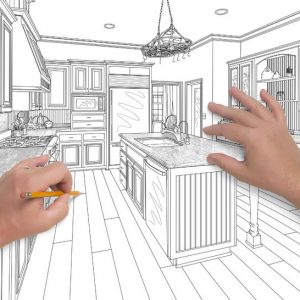
 Steve Hoffacker LLC, is an AOTA Approved Provider of professional development. Course approval ID#8710. This distance learning-interactive activity is offered at .6 CEUs, introductory educational level for Category One, Occupational Therapy Service Delivery. The assignment of AOTA CEUs does not imply endorsement of specific course content, products, or clinical procedures by AOTA.
Steve Hoffacker LLC, is an AOTA Approved Provider of professional development. Course approval ID#8710. This distance learning-interactive activity is offered at .6 CEUs, introductory educational level for Category One, Occupational Therapy Service Delivery. The assignment of AOTA CEUs does not imply endorsement of specific course content, products, or clinical procedures by AOTA.
This full-day (0.6 CEUs and 6 Contact Hours) elective class of original material by Master CAPS Instructor and AOTA Approved Provider Steve Hoffacker was inspired by the need for CAPS professionals, and especially therapists, to measure, interpret, understand, and use information about someone’s abilities or that of their living space
This class is specifically intended to address the needs of occupational therapists as an introductory level class in Contemporary Issues & Trends for Category One, Occupational Therapy Service Delivery as you explore opportunities to leverage your CAPS training and provide non-clinical services in the home for the residents and their families, regardless of their abilities or the nature of their dwelling.
This course also is appropriate for physical therapists, consultants, interior designers, real estate agents, case managers, move managers, family members, and others interested in understanding someone’s abilities and providing a safe and comfortable home living environment for the public.
There is no prerequisite for this course, but completing the CAPS designation program is recommended. While it can be taken by non-CAPS professionals as well, there are some references to the CAPS material that would be helpful to understand.
This is being offered as a live Zoom, synchronous, interactive, distance learning class with PowerPoint and is not self-paced or pre-recorded.
This is not a required class for any designation but a continuing education course providing 6 hours for people who track and self-report their hours. Presently, the CEU hours count for AOTA, APTA, NAHB/CAPS, AIBD, and NKBA designations, and possibly others.
The class was prepared especially for occupational and physical therapists as well as design professionals, remodelers, and others committed to understanding the needs of their clients as they relate to their environmental context.
Steve receives no compensation from any of the brand names or companies mentioned or referenced and has no financial interest in any outside organizations.
This class is not limited to any particular occupation or country, but there is a major emphasis on the role of occupational therapists in providing aging in place services such as the ones described in this course. Since this is a new direction for clinical occupational therapists, the material is considered introductory in nature but extremely relatable and valuable.
Specifically, by the end of the program, you will be able to:
- Illustrate why assessments and evaluations are essential for learning about the client
- Name the 2 major approaches to evaluations and discuss the benefits of each
- Contrast collecting information through observations and using the client to provide input
- Identify 3 specific ways to record our observations
- Discuss how human performance characteristics factor into our assessments
- Describe 4 safeguards we will need to have before working with our clients in their homes
- Explain how we will relate our assessments to our clients
- Cite specific considerations to factor into an assessment approach
- Recount our role in determining the quality of client’s environment and their abilities
- Relate how our findings contribute to the overall safety of the client
The agenda followed for this program is:
- Section 1 Introduction
- Section 2 Beginning Where You Are
- Section 3 Identifying What To Measure
- Section 4 Using Existing Spatial Assessment Forms
- Section 5 Using Existing Needs Assessment Forms
- Section 6 Conclusion
- Questions / Post-Course Evaluation
Successful completion of the course is attendance for the entire event, participation in the activities and discussion, having an active camera, and obtaining a 70% passing score on the in-class knowledge/skill check questions.
Anyone requiring special considerations or accommodations to attend the classes for vision, hearing, or comprehension speed should contact Steve prior to the class or use the accessibility widget on the site.
** In order to keep the format of the classes interactive and to be able to answer everyone’s questions, class sizes will be kept small and registration may be closed once the optimal class size has been reached. There are several additional offerings of this class, however.





